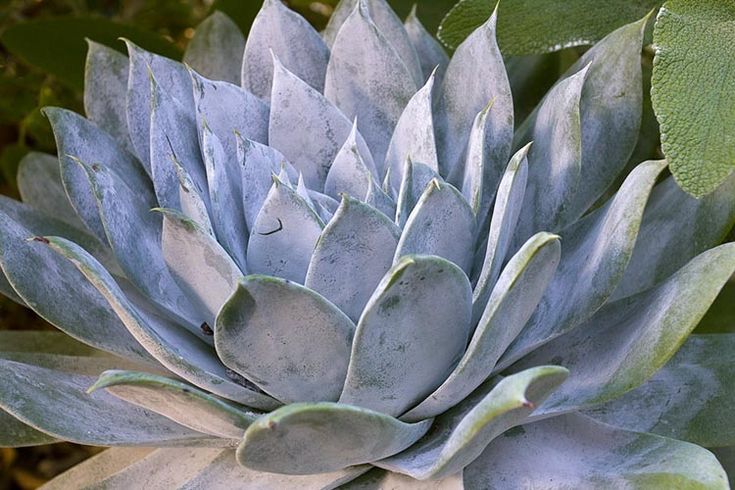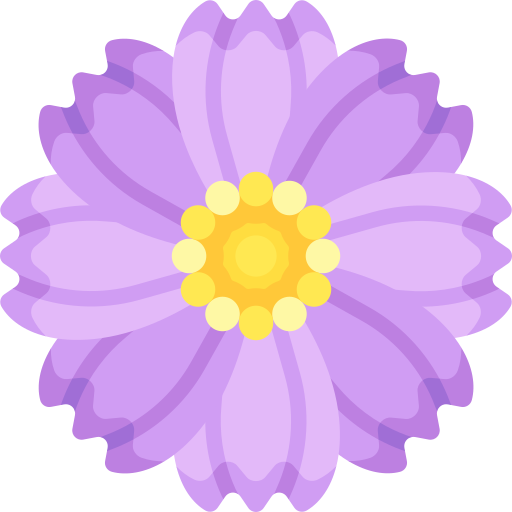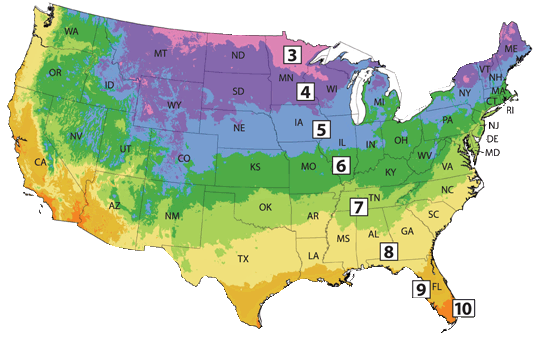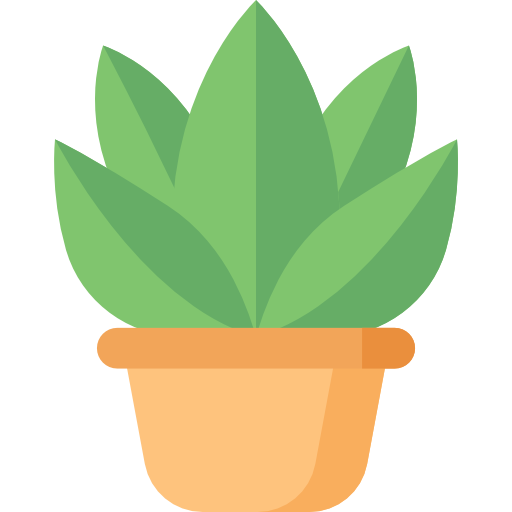
Live Forever Plants - Dudleya Succulents
Read MoreExplore our stunning Live Forever plants, known as Dudleya, a fascinating succulent group with their rose-like appearance and silvery foliage. Because of their resilience, Live forever Dudleya succulents have an incredible lifespan of 50 to 100 years, making them a symbol of endurance and longevity. These unique, low-maintenance succulents are ideal for rock gardens or containers. Two of its well-known varieties are Dudleya brittonii, also known as "Giant Chalk Dudleya," which features large, chalky blue-green leaves in a tight rosette, while Dudleya pulverulenta, also known as "Chalk Lettuce," has powdery white leaves. At the bottom of the page, discover and learn more about the Live Forever Dudleya care and features in detail.
Dudleya Live Forever Plant Key Features
Here are some key features of the various types of live forever Dudleya succulents:
- The Live Forever plants have a short stem that forms a rosette of leaves. The stem is usually thick and sturdy, providing support for the leaves.
- The Dudleya genus has two types of growth habits: branching and non-branching. Branching liveforever plants produce numerous little rosettes of foliage. These are an excellent choice for ground cover.
- Dudley's succulents are called "live forever" because they have an incredible ability to survive and thrive for a long time. They can live for an impressive 50-100 years. These succulents are known for their resilience and ability to withstand harsh conditions, making them a symbol of endurance and longevity. So, if you're looking for a plant companion that will stick around for a while, Dudley's succulents are a great choice.
- Dudleya leaves come in a variety of shapes, sizes, and colors depending on the species and variety. They can be spoon-shaped, chalky blue-green, or powdery white. The leaves are thick and succulent, helping the plant retain water during dry periods.
- The live forever flowers produce beautiful flower spikes that emerge from the center of the rosette. The flowers can vary in color, ranging from shades of pink, yellow, orange, or red. They add a lovely touch of color and attract pollinators to the garden.
- Dudleya live forever plants can be propagated through leaf cuttings or stem cuttings allowing them to root in well-draining soil. They can also be propagated by collecting and sowing seeds. With proper care, the propagated plants can develop into new Dudleya plants.
- The Live Forever plants are low-maintenance, drought-tolerant plants that thrive in arid climates, able to withstand dry conditions. Additionally, they have a slow growth rate, requiring minimal pruning or maintenance.
Live Forever Dudleya Succulent Care
When it comes to caring for your Live Forever plant, keep the following points in mind:
Quick Reference

Bloom Season

Flower Color

Growth Rate

Hardiness Zone

Mature Size

Plant Type

Sun Exposure

Toxicity

Watering Needs
Watering Needs
The Dudleya succulents are native to arid regions and have adapted to survive in dry conditions. As a result, they have low water needs and are prone to rot if overwatered. To keep your Live Forever plant happy and healthy, it's best to follow a "soak and dry" watering method. This means thoroughly watering the plant until the water drains out from the bottom of the pot and then allowing the soil to dry out completely before watering again. This helps mimic the natural rainfall patterns in their native habitats. In the spring and summer, during the active growing season, you can water them about once every two weeks. However, during the dormant period in winter, it's best to reduce the watering frequency to once a month or even less. Remember, it's always better to underwater than to overwater Dudleya succulents. They can tolerate drought conditions much better than excessive moisture.
Light Requirements
When growing Dudleya succulents indoors, it's crucial to provide them with ample sunlight. Place them near a south or west-facing window where they can receive bright, indirect light for most of the day. These succulents thrive in bright conditions, so the more light they get, the better. If you notice the leaves stretching or becoming leggy, it's a sign that they're not getting enough light, and you may need to adjust their placement or supplement them with artificial grow lights.
If growing outdoors, they prefer full sun to partial shade, so find a spot in your garden that receives at least six hours of direct sunlight each day. However, if you live in an extremely hot climate, providing some afternoon shade can help protect your Live Forever plant from scorching. Remember, when transitioning your Dudleya plant from indoors to outdoors, it's important to acclimate them gradually to prevent sunburn. Start by placing them in a shaded area for a few hours a day and gradually increase their exposure to direct sunlight over the course of a couple of weeks.
Optimal Soil & Fertilizer
The Live Forever plant thrives in
Hardiness Zone & More
When growing indoors, these hardy Dudleya plants prefer temperatures between 40 to 75 degrees Fahrenheit. Avoid exposing them to extreme heat or cold, as it can stress the plant. These succulents generally thrive outdoors in USDA hardiness zones 5 -11. These zones typically have mild winters and warm to hot summers. Dudleya Live Forever succulents can tolerate temperatures as low as 20 degrees Fahrenheit but may require protection from frost. They also appreciate a dry and arid climate, so areas with low humidity are ideal.
Final Thoughts
Overall, the Dudleya (Live Forever plant) are fascinating succulents that can thrive both indoors and outdoors. When it comes to soil, they prefer well-draining mixtures that mimic their natural habitat. While they don't require regular fertilization, a diluted succulent fertilizer can give them a little boost during the growing season. Indoors, Dudleya plants prefer temperatures between 40 to 75 degrees Fahrenheit and low humidity, while outdoors they thrive in USDA hardiness zones 5 to 11 with dry and arid conditions. By providing the right conditions, you can enjoy the beauty of Dudleya plants and watch them flourish in your space.
Other popular succulent genus types include Sedum, Sansevieria, and Euphorbia.









